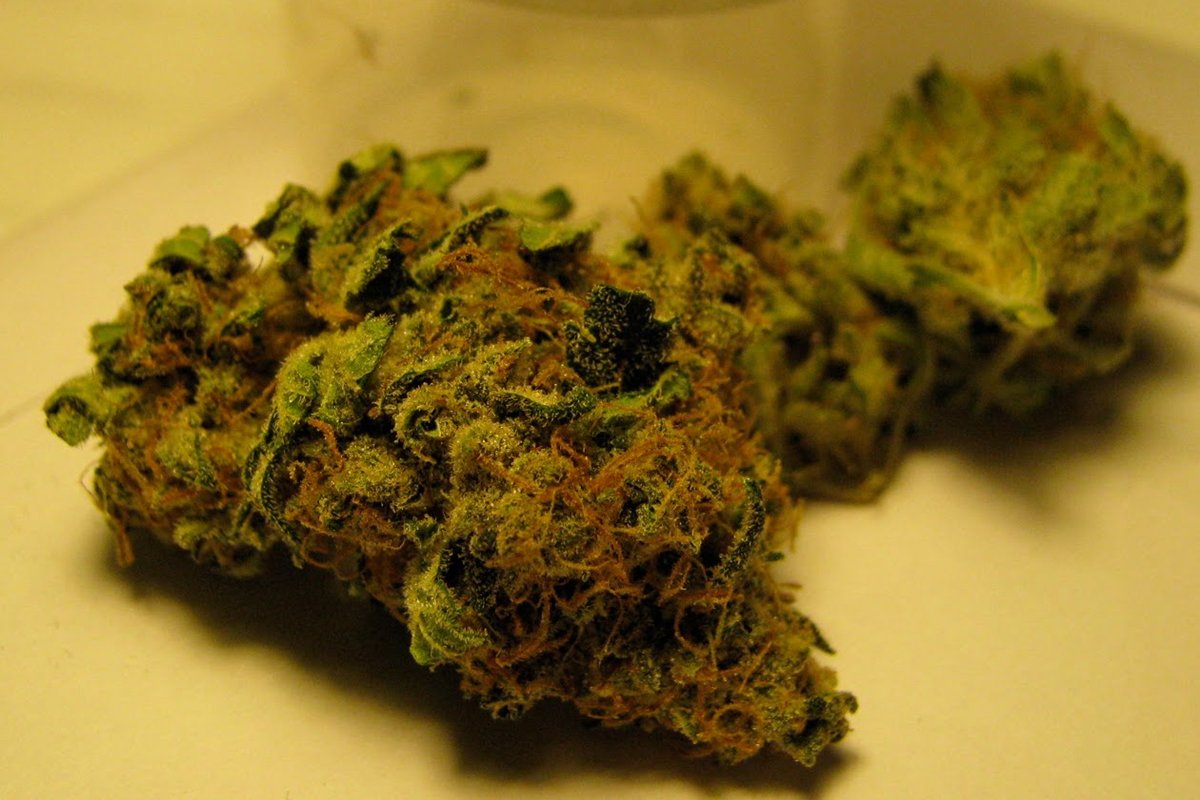Durban Poison Review: South Africa’s Pure Sativa Treasure

Durban Poison is one of the most celebrated sativa strains around, and this durban poison review will give you an in-depth look at its history, effects, flavor, and even cultivation tips. In today’s post, you’ll discover why Durban Poison has remained a favorite among both recreational users and growers. With its high THC levels and a unique, uplifting high, this pure sativa—originating from South Africa’s coastal city of Durban—continues to spark creativity and boost energy during the day. Whether you’re a seasoned smoker looking for your next daily companion or a novice eager to explore a legendary strain, read on to learn everything you need to know about Durban Poison.
Introduction
Imagine a strain that wakes you up like an espresso shot without the jittery side effects of caffeine. That’s Durban Poison for you. In this durban poison review, we’ll take a close look at this iconic pure sativa from South Africa. Known for its clear-headed, energizing high, Durban Poison offers an experience that is as distinct as its origins. In today’s fast-paced world, finding a strain that boosts creativity and productivity while keeping you focused is a real win. This post will guide you through the strain’s rich history, unique genetics, uplifting effects, and even its flavor profile—complete with notes of pine, citrus, and a hint of spice. We’ll also cover practical tips for growing Durban Poison and answer frequently asked questions to help you decide if it’s the right strain for you. Let’s dive in and explore why Durban Poison continues to be a top choice among cannabis enthusiasts worldwide.
The Story Behind Durban Poison
History & Genetics
Durban Poison hails from the South African port city of Durban. As a landrace strain, it has adapted naturally over centuries to thrive in harsh, dry conditions. The strain gained international fame when renowned cannabis activist Ed Rosenthal discovered it during a trip to South Africa in the 1970s. He brought seeds back to the United States, and from there, Durban Poison quickly spread to Dutch seed banks and coffeeshops. Being a pure sativa, Durban Poison hasn’t been crossbred with other strains. Its robust genetics contribute to its high THC levels—often ranging from 15% to 25%—and its distinctive high.
Why It Stands Out
Durban Poison delivers a focused and energetic high perfect for daytime use. Its natural hardiness makes it popular among growers, especially those cultivating outdoors in sunny, dry climates.
Effects & Benefits
Uplifting High and Productivity
Durban Poison is renowned for its stimulating effects. Users feel an immediate rush of energy and euphoria that boosts creativity and focus. This clear-headed, cerebral high makes it ideal for social gatherings or solo creative endeavors.
Potential Therapeutic Benefits
Many users report that Durban Poison may help with stress and depression, along with minor pain relief and nausea reduction. As with any potent strain, it’s best to start with a small dose, especially if you’re new to high-THC sativas.
Flavor and Aroma
One of the most intriguing aspects of Durban Poison is its sensory profile. The strain carries a bold, earthy aroma with hints of sweet licorice, pine, and citrus. On the palate, Durban Poison delivers a mix of spicy and herbal notes with a subtle sweetness reminiscent of licorice. This complex flavor profile makes every puff a sensory adventure.
Growing Durban Poison
Outdoor Growing
Durban Poison thrives in hot, dry, sunny climates—true to its South African roots. Being a pure sativa, it can grow quite tall (often 4 to 6 feet or more), so ensure you have ample space and consider using supports if needed. Under ideal outdoor conditions, expect a robust yield thanks to its hardy genetics.
Indoor Growing
Indoor growers can manage Durban Poison’s height using training techniques such as topping, low-stress training (LST), or the SCROG method. Maintain warm temperatures (around 72–78°F/22–26°C) with moderate humidity to mimic its natural conditions. Typically, Durban Poison takes about 8–9 weeks to flower indoors, yielding moderate harvests.
FAQs
Q: Is Durban Poison a pure sativa?
A: Yes, Durban Poison is a pure sativa landrace strain known for its energizing and cerebral effects.
Q: What is the typical THC content of Durban Poison?
A: The THC levels usually range between 15% and 25%, making it a potent strain for experienced users.
Q: What are the common side effects?
A: Users may experience dry mouth, dry eyes, and, for some, mild anxiety or paranoia—especially if they consume too much.
Q: Can Durban Poison help with anxiety?
A: While its uplifting effects can improve mood, its high THC content might cause anxiety in sensitive individuals. Starting with a low dose is recommended.
Q: What does Durban Poison taste like?
A: It features a complex flavor profile with earthy, spicy, and slightly sweet notes—often with hints of licorice and pine.
Conclusion
This durban poison review reveals why this pure sativa remains a staple for cannabis enthusiasts worldwide. With its rich history, potent yet clear-headed effects, and distinctive flavor, Durban Poison offers a unique smoking experience perfect for daytime use. Whether you’re seeking an energizing high for creativity and productivity or planning to grow a resilient strain in your garden, Durban Poison is a must-try. Remember to start with a small dose if you’re new to potent sativas, and enjoy the unique, uplifting journey that Durban Poison provides.
Ready to explore Durban Poison for yourself? Check out your local dispensary or a trusted online seed bank to start your adventure with this legendary strain.
This review is intended for informational purposes only. Always consult a healthcare professional regarding the effects and use of cannabis products.
